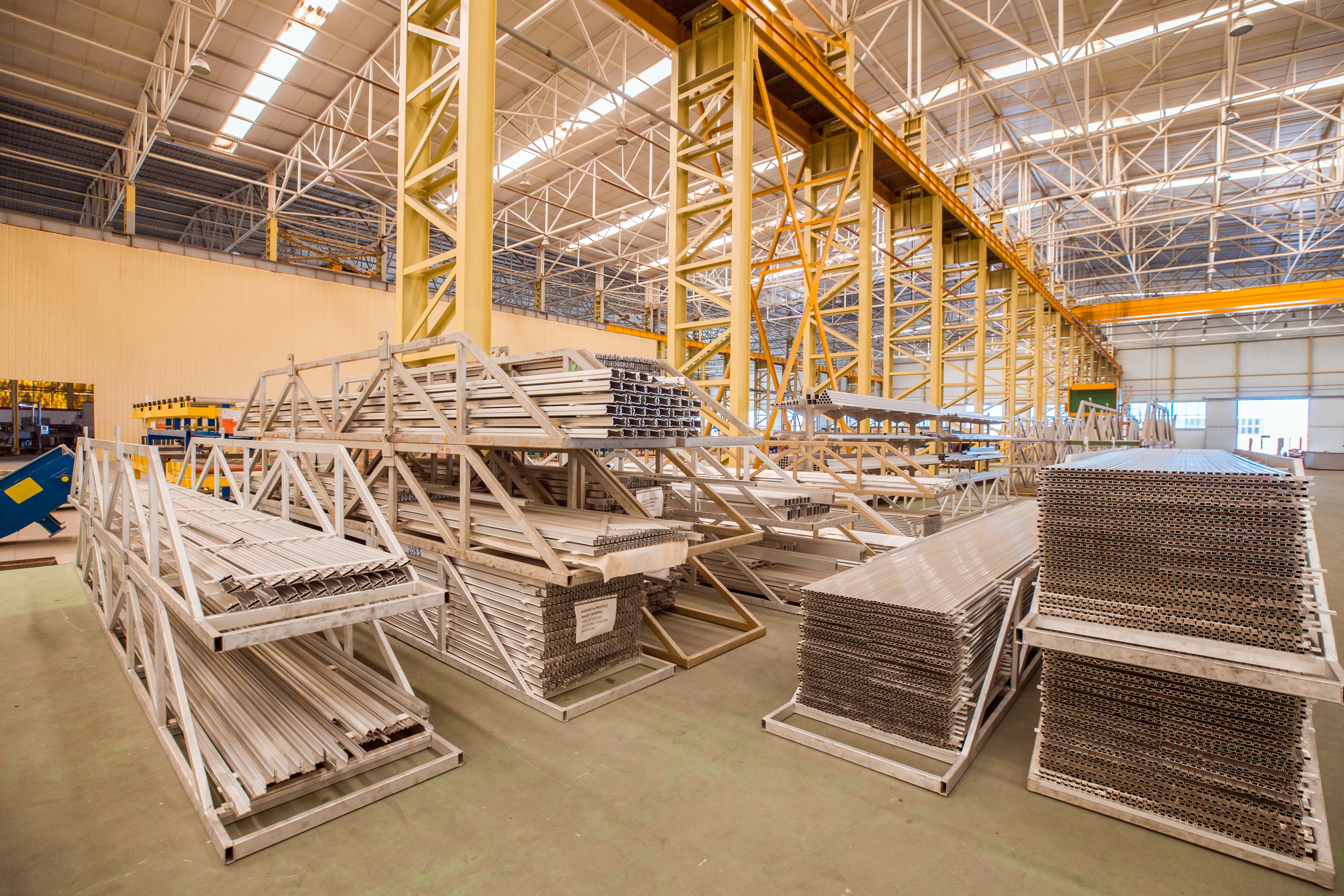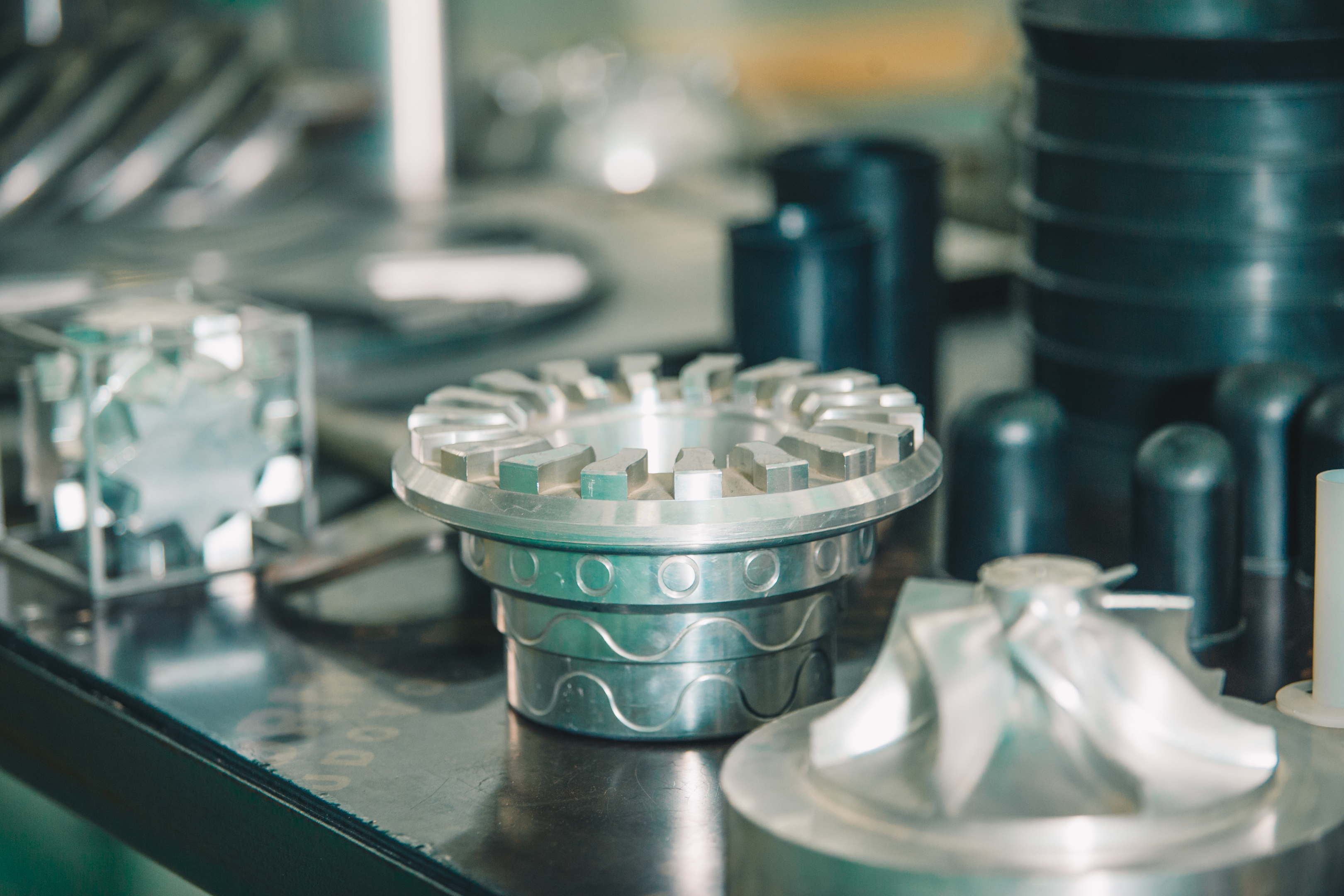A minimum of chromium content is required for a metal to be considered stainless. This what it a corrosion-resistant metal.
All stainless steel grades are corrosion-resistant stainless steel. However, each grade has its unique properties suitable for different applications. The two most common grades are 304 and 316, known for their excellent corrosion resistance and high durability. Other popular grades include 430, 410, and 420, which have lower corrosion resistance but are more affordable and suitable for specific applications.
Why Understanding 430 and 304 Stainless Steel Grades is Critical for Manufacturing

Choosing the wrong grade of stainless steel for a particular application can result in premature failure, reduced performance, and increased costs. Both grades are corrosion-resistant because of its chemical composition. But the properties of each should be determined to meet the specific requirements of the final casting.
Manufacturers and consumers may consider superior mechanical properties, but cost-effectiveness may also be considered. If either of this is a factor in choosing, then either of the two grades should be used for a specific project.
Properties of 304 Stainless Steel
As a standard, it contains high chromium content and nickel. In addition, the non-magnetic properties, non-reactivity with food, and low maintenance make these austenitic stainless steels a good choice for industries that require these properties.
Chemical Composition
Stainless Steel 304 is an austenitic stainless steel with a specific chemical composition, giving it its unique properties. The chemical composition of Stainless Steel 304 typically includes:
- Chromium (Cr) – 18%: Chromium is the primary alloying element in Stainless Steel 304. This high content gives it excellent mechanical properties
- Nickel (Ni) – 8%: Nickel is another essential alloying element in Stainless Steel 304. Nickel increases its corrosion resistance and enhances its ductility and toughness.
In addition to chromium and nickel, grade 304 may contain small amounts of carbon, manganese, silicon, phosphorus, sulfur, and nitrogen. These elements help to improve its strength, ductility, and toughness.
Corrosion Resistance
Stainless Steel 304 is considered as a food-grade stainless steel resistant to most organic and inorganic chemicals, as well as to atmospheric corrosion.
However, Stainless Steel 304 may corrode in more aggressive environments, such as those containing chlorides or used in acidic environments.
Mechanical Properties
Stainless Steel 304 has good mechanical properties, which make it a versatile material for various applications. These include:
- Tensile strength: It has a high tensile strength of up to 621 MPa. This means that it can resist tensile forces without breaking or deforming.
- Yield strength: Its yield strength is around 240 MPa. This is the point at which the steel will begin to deform permanently under stress.
- Elongation: It has good elongation, with a typical value of 58% in 2 inches. This means that it can stretch and bend without breaking.
- Hardness: It has a hardness of 88 on the Rockwell B scale, meaning it is relatively complex and can resist wear and tear.
- Ductility: It is highly malleable and easily forms into various shapes without cracking or breaking.
- Toughness: It has good toughness, which means it can absorb energy without fracturing.
The properties of this grade can be improved through cold working or annealing processes. Cold working, such as rolling or bending, can increase the strength and hardness of the steel, while annealing can improve its ductility and toughness.
Applications of Grade 304
Appliances and Household Items
Stainless Steel 304 is commonly used in food-grade applications. Because it is resistant to rust and stains, it is a good choice for appliances and household items that may come into contact with water, moisture, or other corrosive materials.
Stainless Steel 304 has a bright, shiny finish that is attractive and modern. This makes it a popular choice for appliances and household items on display, such as food preparation pans, refrigerators, dishwashers, and range hoods.
Automotive and Aerospace Industry
Stainless Steel 304 has good thermal and electrical conductivity, making it suitable for applications that require heat dissipation or electrical conductivity. This is particularly important in the automotive industry, where the materials may be used in elevated temperatures.
Properties of 430 Stainless Steel
One of the non-hardenable ferritic stainless steel grades often used in industries that need good corrosion resistance and formability is grade 430. This grade is known as the grade 430. It is also known for its good thermal conductivity and magnetic properties.
Chemical Composition
430 stainless steel is a ferritic stainless steel with a composition that typically includes:
- Chromium (Cr) – 16-18%: In 430 stainless steel, the chromium content is lower than in 304. Despite its lower corrosion resistance compared to other stainless steel grades, it is more affordable and its magnetic properties make it ideal for some industrial applications.
- Iron (Fe) – balance: Iron is the main component of stainless steel and provides the material with its strength and magnetic properties.
- Manganese (Mn) – up to 1%: Manganese is added to improve the strength and workability of the steel. It makes the stainless steel easily bent depending on the desired shape of the machined parts.
Other elements that may be present in smaller amounts include sulfur (S), phosphorus (P), and nitrogen (N), but their levels are typically kept low to maintain the material’s corrosion resistance and formability. Compared to 304 stainless steel, it has a very low nickel content to none.
Corrosion Resistance
Other factors can affect the properties of both, such as contaminants or corrosive substances and prolonged exposure to wet conditions. Proper maintenance and cleaning of the material can also help prevent corrosion and prolong its lifespan.
But in general, 430 stainless steel grade has lower corrosion resistance because of its lower chromium content.
Mechanical Properties
430 stainless steel has relatively low-level properties compared to other metals. The properties of 430 stainless steel include:
- Yield strength: The yield strength of 430 stainless steel is approximately 275-345 MPa, which is also lower than that of 304 stainless steel.
- Elongation: The elongation of 430 stainless steel is typically around 20-30%, which is also lower than that of 304 stainless steel.
- Hardness: 430 stainless steel has a maximum Brinell hardness number of 207, which is lower than the maximum Brinell hardness of austenitic stainless steel.
Applications of Grade 430
Mining Industrial Roofing
Stainless steel 430 also has a low thermal expansion coefficient, making it less likely to warp or buckle due to temperature changes. This property is significant for mining industrial roofing, where the roof must withstand extreme temperature changes without becoming damaged.
Wall Cladding
The wall cladding grade of stainless steel 430 is a strong and durable material that can withstand the wear and tear of daily use. It is also easy to clean and maintain, which is important for wall cladding exposed to dirt, grime, and other contaminants.
The Right Stainless Steel Grade For Your Project

When deciding which of the numerous grades of stainless steel to use, it is necessary to take a number of aspects into consideration. These aspects include the particular application, the environment to which the material will be subjected, and the attributes that are required of the material.
Consider the required strength and durability of the material. If it will be used for fabricating or shaping, 304 stainless steel is more easily welded than other grades.
Consider also the cost of the material and whether it fits within the budget for the specific application. Some stainless steel grades are more expensive than others but perform better in specific applications.


